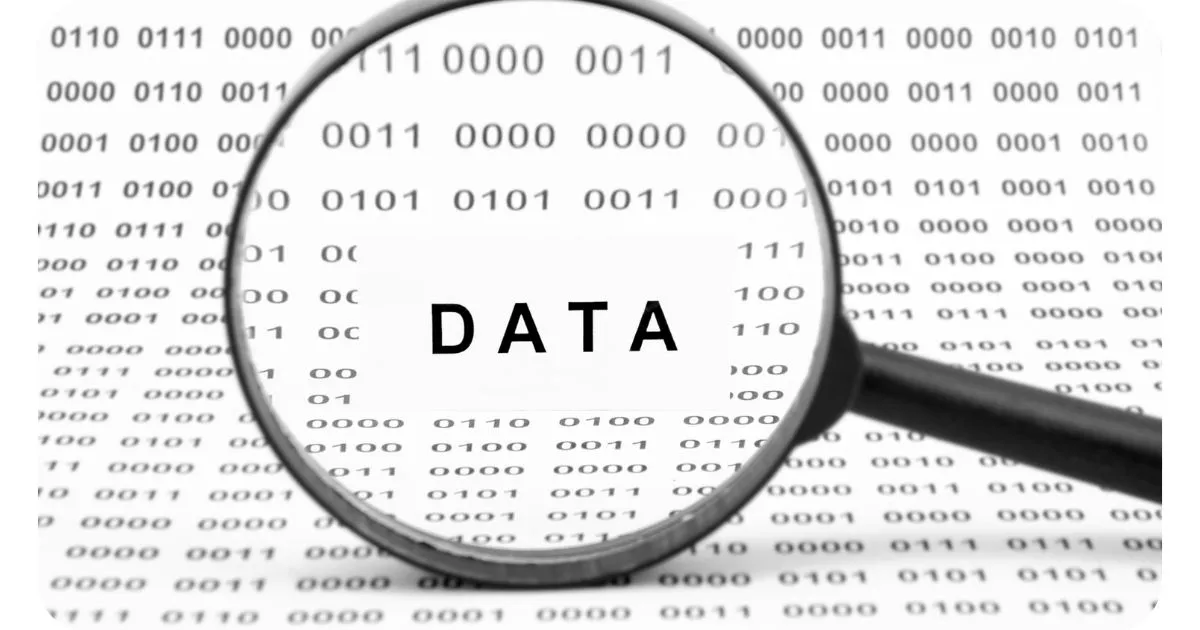Scoring, an element of recommendation to help decision-making
Scoring is the act of assigning a score according to different criteria. The rating will then be used to build a profile.
These criteria are primarily purely statistical: age, region of residence, employment, income, etc.
These elements are involved in an overall rating, with weightings that may vary depending on the desired goal.
Scoring is defined by mathematical and statistical means, a number indicating the financial strength of a customer or supplier. It is a process that uses past experiences as data to build a claim for the future based on that.
What is a score used for?
In the financial world, that of fraud, the credit sector, risks, it is possible to establish a risk profile for the future client. In doing so, it helps to decide whether or not to grant credit.
This scoring is extremely effective for analyzing solvency.
Scoring and solvency analysis
Scoring is used in the context of payment facilities and credit in order to determine the level of risk presented by a company or an individual.
Thus, the score is then used to decide whether to cover the risk of payment, to determine its cost and to help in the event of debt collection in order to allow compensation in the event of non-payment.
The solvency report and the scoring are established via specialized solutions in evaluation and company solvency. These same solutions that will establish a risk profile.
The importance of scoring in the world of financing
The scoring process makes it possible to standardize the examinations of solvency, or supporting documents. This is particularly important in e-commerce or in the world of credit. ( Learn more )
When there are hundreds or even thousands of file reviews to be performed, it is essential for companies to have reliable and fast decision-making processes in place. Meelo provides an automation solution that facilitates human analysis and makes it non-discriminatory.
Scoring offers the possibility of representing the probability with which the buyer or contractual partner will fulfill his financial obligations in the future. It instills trust in both parties to a contract.
The party granting the credit protects itself against possible bad debts. On the other hand, it can also protect the consumer from over-indebtedness. And it is Meelo's day-to-day business to facilitate decision-making and secure transactions via scoring.
